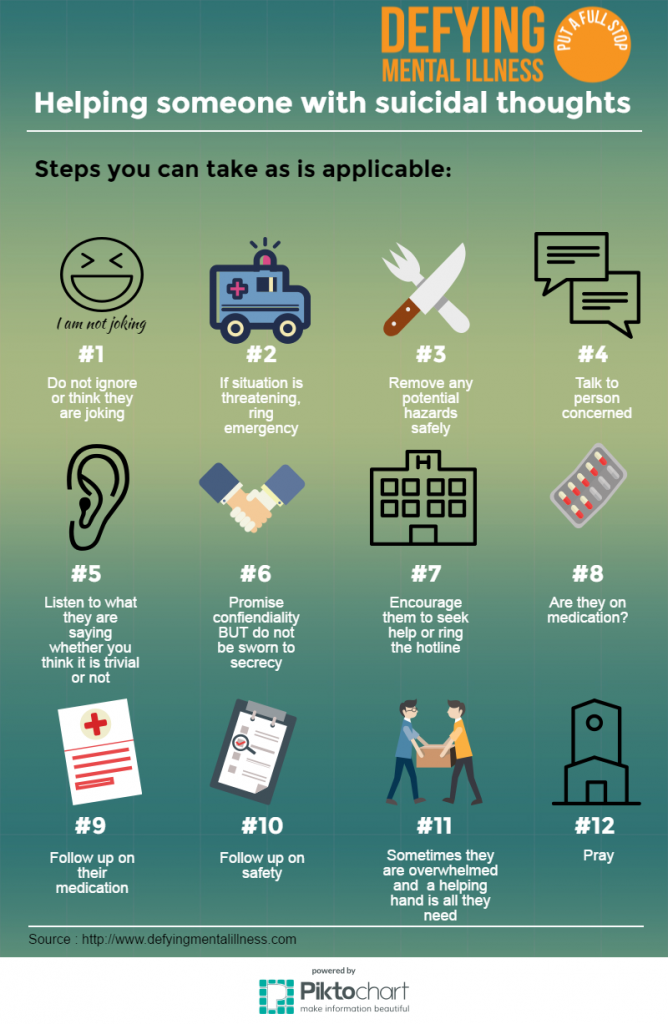How Do Mood Stabilizers Work?
Mood stabilizers assist to soothe areas of the mind that are influenced by bipolar disorder. These medicines are most reliable when they are taken routinely.
It might take a while to discover the right drug that functions best for you and your medical professional will check your condition throughout therapy. This will certainly involve normal blood tests and perhaps a change in your prescription.
Natural chemical guideline
Neurotransmitters are a team of chemicals that regulate each other in healthy people. When levels end up being unbalanced, this can cause mood problems like depression, anxiousness and mania. Mood stabilizers aid to stop these episodes by assisting manage the balance of these chemicals in the mind. They likewise might be used together with antidepressants to enhance their efficiency.
Medications that work as state of mind stabilizers include lithium, anticonvulsants and antipsychotics. Lithium is probably the most popular of these medications and jobs by affecting the circulation of salt with nerve and muscle cells. It is usually used to treat bipolar illness, but it can additionally be useful in dealing with various other mood problems. Anticonvulsants such as valproate, lamotrigine and carbamazepine are also effective state of mind stabilizing medicines.
It can spend some time to find the ideal sort of medicine and dose for each person. It is necessary to work with your physician and take part in an open dialogue regarding exactly how the drug is benefiting you. This can be especially practical if you're experiencing any adverse effects.
Ion network inflection
Ion channels are a major target of state of mind stabilizers and several other medications. It is currently well developed that they are dynamic entities that can be modulated by a range of exterior stimuli. Additionally, the inflection of these networks can have a range of temporal effects. At one extreme, modifications in gating characteristics might be fast and instant, as in the nicotinic acetylcholine receptor/channel system. At the various other end of the range, covalent modification by protein phosphorylation may lead to adjustments in network function that last longer.
The field of ion channel inflection is getting in a duration of maturation. Recent studies have shown that transcranial concentrated ultrasound (United States) can boost neurons by activating mechanosensitive potassium and sodium channels installed within the cell membrane layer. This was shown by expressed channels from the two-pore domain potassium family in Xenopus oocytes, and focused US substantially regulated the existing moving via these networks at a holding voltage of -70 mV (right panel, relative impact). The outcomes follow previous monitorings showing that antidepressants impacting Kv channels control glia-neuron interactions to opposite depressive-like habits.
Neuroprotection
State of mind stabilizers, like lithium, valproic acid (VPA), and carbamazepine, are necessary in the therapy of bipolar illness, which is characterized by persistent episodes of mania and anxiety. These medications have neuroprotective and anti-apoptotic properties that help to prevent cellular damage, and they also improve cellular resilience and plasticity in inefficient synapses and neural wiring.
These safety activities of state of mind stabilizers might be moderated by their restraint of GSK-3, inositol signaling, and HDAC task. Moreover, lasting lithium therapy secures against glutamate excitotoxicity in cultured neurons-- a model for neurodegenerative disorders.
Studies of the molecular and cellular results of state of mind stabilizers have actually revealed that these medicines have a vast array of intracellular targets, consisting of several kinases and receptors, in addition to epigenetic adjustments. Further study is required to figure out if mood stabilizers have neurotrophic/neuroprotective actions that are cell type or circuitry details, and just how these results might match the rapid-acting healing action of these agents. This will certainly aid to create brand-new, faster acting, extra reliable therapies for psychological health problems.
Intracellular signaling
Cell signaling is the procedure whereby cells interact with their atmosphere and other cells. It involves a sequence of steps in which ligands best online therapy platforms connect with membrane-associated receptors and cause activation of intracellular pathways that regulate essential downstream cellular features.
Mood stabilizers act on intracellular signaling through the activation of serine-threonine healthy protein kinases, causing the phosphorylation of substratum healthy proteins. This triggers signaling cascades, leading to adjustments in genetics expression and cellular function.
Many mood stabilizers (including lithium, valproate and lamotrigine) target intracellular signaling pathways by hindering specific phosphatases or turning on details kinases. These impacts trigger a decrease in the activity of these paths, which brings about a decrease in the synthesis of specific chemicals that can affect the mind and cause signs of anxiety or mania.
Some mood stabilizers also function by boosting the task of the inhibitory neurotransmitter gamma-aminobutryic acid (GABA). This boosts the GABAergic transmission in the mind and reduces neural task, consequently creating a calming result.

Comments on “What To Expect In A Psychiatric Hospital”